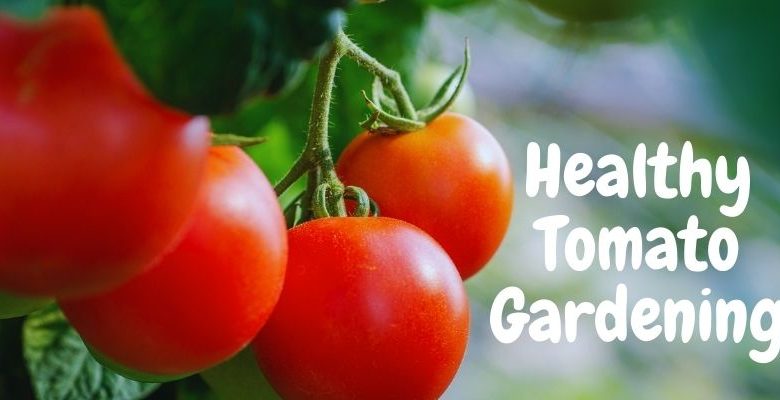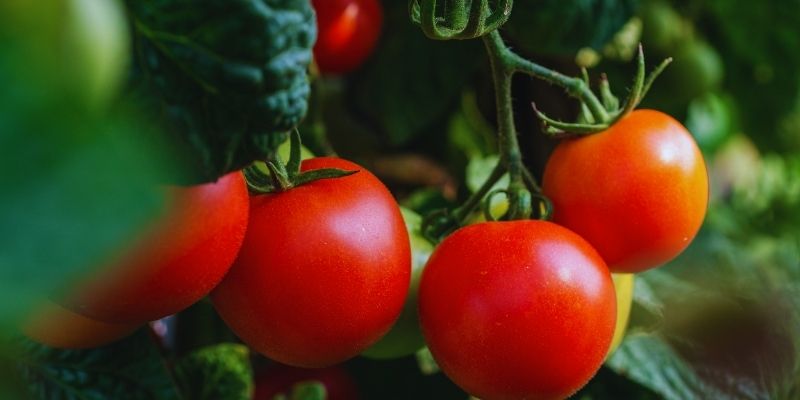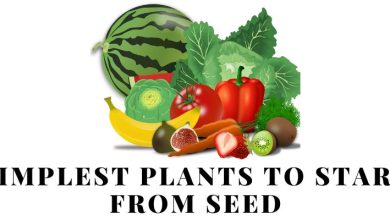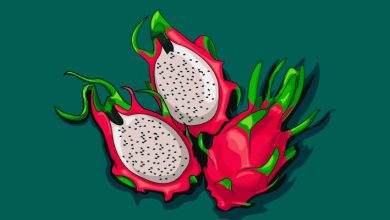
Starting a veggie garden is frequently motivated by growing tomatoes, and every tomato enthusiast dream of growing the ideal tomato: firm but juicy, sweet but tangy, aromatic, and spotless.
Tomatoes, unfortunately, are among the veggies that are more prone to issues. The secret to growing delicious tomatoes is to pick the finest cultivars, get the plants off to a good start, and take care of issues before they arise. To guarantee that you have tomato bragging rights this year, start with some tried-and-true growing advice.
Keep tomato seedlings apart
Give the seedlings plenty of space to spread out when starting tomatoes from seed. The seedlings must be thinned to just one sturdy plant per cell or small pot. Snip the smaller, less robust seedlings to make room for the strongest growth. Their growth is impeded by crowded circumstances, which stresses them out and eventually causes disease.
Once tomato seedlings have their first set of true leaves, transplant them into individual 4-inch containers.
Provide Ample Lighting
Strong, direct sunshine is required by tomato seedlings. Winter days are brief, so even placing them close to a sunny window might not be enough to give them enough natural light. Your best bet is to use some sort of artificial plant lighting for 14 to 18 hours each day unless you are cultivating them in a greenhouse.
Keep the young plants only a few inches from fluorescent grow lights to ensure the tomato plants develop stocky, not spindly. As the seedlings develop, you will need to adjust the lighting (or move the plants) accordingly. When the time comes to plant them outside, place them in the area of your vegetable plot that receives the most sunlight.
Turn on the fan
Tomato plants need to sway and move in the wind in order to develop strong branches. If you initiate your seedlings indoors, you must create some sort of air circulation because that occurs naturally outside. By using a fan for five to ten minutes, twice daily, you can create airflow. That little bit of time will have a huge impact.

Another option is to lightly rub your hand across the tomato plants’ tops for a few minutes, several times per day. They require a little more work, but as a bonus, you’ll catch a whiff of their wonderful tomato scent.
Warm the Garden Soil Up
They need warm soil and air temperatures before they can begin to develop. By enclosing the growing area in black or red plastic a few weeks before you want to plant, you can hasten the soil’s microbial activity. The early tomatoes will ripen thanks to the additional soil warmth.
You can remove the plastic before planting, but according to some studies, mulch made of red plastic has the additional advantage of increasing tomato yield.
Bury the Stems
To the upper few leaves, bury your tomato seedlings deeper than they are in the pot. Tomatoes are able to grow roots all the way along their stalks when they are placed in this manner. A bigger plant also has more roots.
Either a large pit needs to be dug, or you can just make a small trench and position the plant sideways. It will soon become upright and turn toward the light. To avoid damaging the hidden stalk, just be cautious when using a tomato stake or cage.
Following soil warming, mulch tomato plants
Put off spreading mulch until after the ground has had an opportunity to warm up if you are not going to leave the plastic on the soil. If mulch is applied too early, it will shade and chill the soil even though it conserves water and stops soil and diseases from splashing up on the plants. Allow the soil to warm up in the spring because tomatoes enjoy the heat. You can add a layer of mulch to keep moisture after it stays warm all day and all night.
Take the bottom leaves out
Remove the leaves from the lowest foot of the stem of your tomato plants once they are 2 to 3 feet tall. As they are the eldest, these leaves are typically the first to experience fungus issues. The bottom leaves receive the least quantity of sunlight and airflow as the plants enlarge. These leaves are near the ground, making them vulnerable to contamination from soilborne pathogens. Eliminating them aids in preventing the spread of fungi-related illnesses. Compost tea spraying appears to be successful at preventing fungal diseases as well.
More Tomatoes with Pinching and Pruning
Suckers that grow in the crotch joint of two stems should be pinched and removed. They won’t produce fruit and will sap the plant’s remaining vitality.
But be cautious when pruning the remaining parts of the shrub. Although you can remove a few leaves to let the light reach the ripening fruit, the leaves are what photosynthesize and produce the sugars that give your tomatoes flavor. Less foliage equals fewer delicious tomatoes.
Water Consistently
While the fruits are growing, water them thoroughly and frequently. Missing a week and then attempting to make up for it results in irregular watering, which causes blossom end rot (ca calcium deficiency), as well as cracking and splitting. Generally speaking, plants should receive 1 to 1.5 inches of water per week, but during hot, dry periods, they might require more. Give your plants a drink if they begin to appear wilted throughout the day.
You can cut back on watering once the fruit starts to mature. By reducing the water, you can encourage the plant to concentrate its sugars for improved taste. Make good decisions. Avoid depriving plants of water to the point where they wilt and become stressed out; otherwise, they will lose their blooms and perhaps even their fruit.
How to Get Tomatoes to Set on Your Plants
Although the ripening of tomatoes is largely dependent on the weather, there are moments when we can speed things up. Early summer pruning of the major stem tips will urge indeterminate tomatoes (those with continuous fruit production) to begin focusing their energy on flowering.
Don’t be startled if your tomato plants don’t flower for the first month or two. Indeterminate tomatoes prefer to grow tall before they start setting fruits. When you want the last of the summer’s tomatoes to mature quickly, pinching can be a useful tactic.
With the exception of unfavorable weather conditions that result in the condition appropriately known as “blossom drop,” it shouldn’t be difficult to get determinate tomatoes to set fruit (those that ripen all at once).
Read More About Gardening:
Garden Soil || How To Make It Healthy
Beginning Seeds || Start Gardening Today
Techniques to Extend the Season
Sweet potato Harvesting, Curing, and Storage





7 Comments